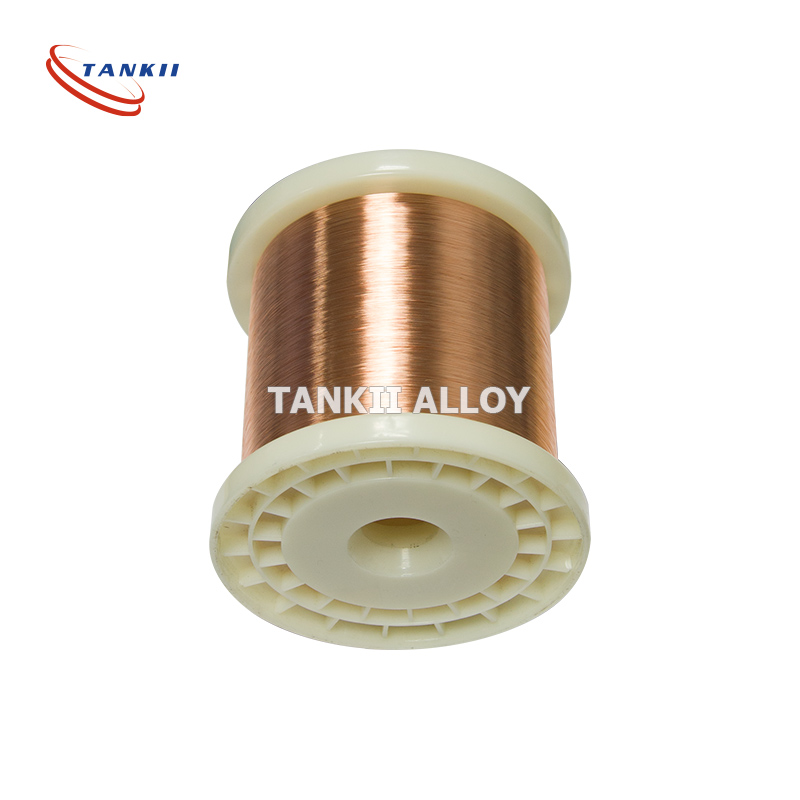Welcome to our websites!
ASTM TM2 Bimetal Ribbon Used for Control System
The basic characteristic of the thermal bimetal is changing with temperature and temperature deformation, resulting in a certain moment.Many devices use this feature to convert heat energy into mechanical work to achieve automatic control.Thermal bimetal used for control system and temperature sensor in the measuring instrument.
| shop sign | 5j1480 | |
| With brand | 5j18 | |
| Composite layer alloybrand |
High expansion layer | Ni22Cr3 |
| middle layer | ——– | |
| Low expansion layer | Ni36 | |
Chemical composition
| shop sign | Ni | Cr | Fe | Co | Cu | Zn | Mn | Si | C | S | P |
| ≤ | |||||||||||
| Ni36 | 35.0~37.0 | - | allowance | - | - | - | ≤0.6 | ≤0.3 | 0.05 | 0.02 | 0.02 |
| Ni22Cr3 | 21.0~23.0 | 2.0~4.0 | allowance | - | - | - | 0.3~0.6 | 0.15~0.3 | 0.25~0.35 | 0.02 | 0.02 |
performance
| Than bending K(20~135ºC) | Temperature curvature F/(greenhouse ~ 130 ºC) |
resistivity | Linear temperature / ºC |
Allows the use of temperature / ºC | Density (g/cm after) | |||
| Nominal value | Allowable deviation | Standard values | Allowable deviation | |||||
| Level 1 | Level 2 | |||||||
| 14.3 | ±5% | ±7% | 26.2%±5% | 0.8 | ±5% | -20~180 | -70~350 | 8.2 |
| Modulus of elasticity E/GPa |
Hardness (HV) | Tensile strength MPa |
Allow stress MPa | ||
| High expansion layer | Low expansion layer | minimum | biggest | ||
| 147~177 | 270~340 | 200~255 | 785~883 | 196 | 343 |


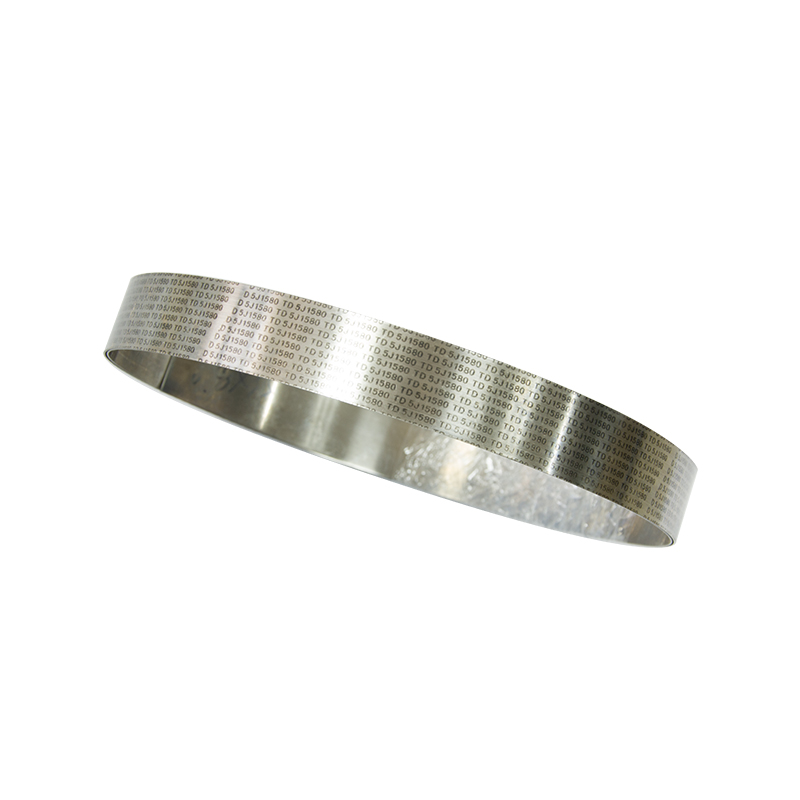



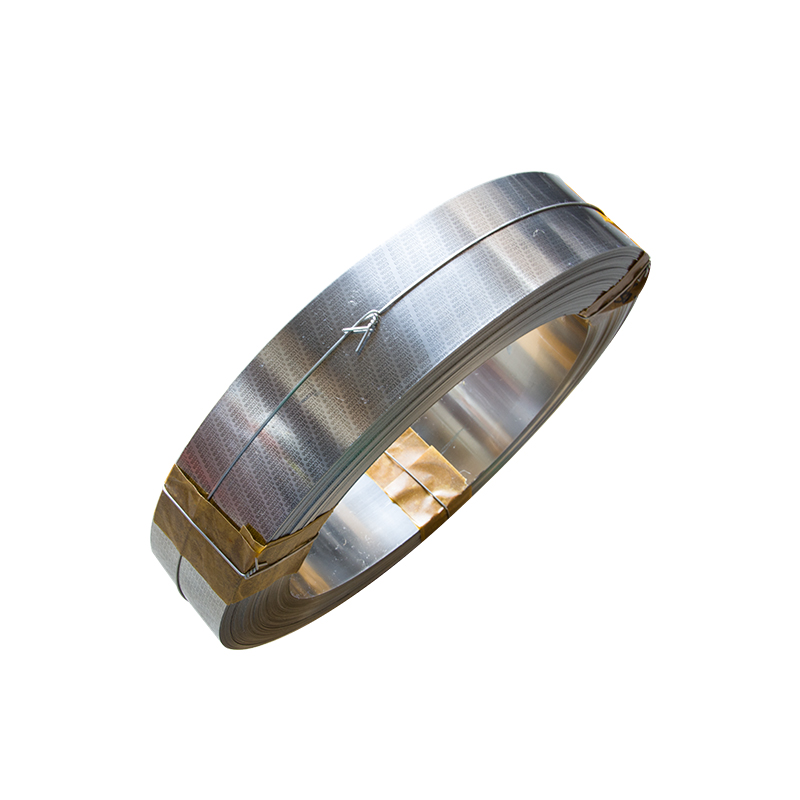
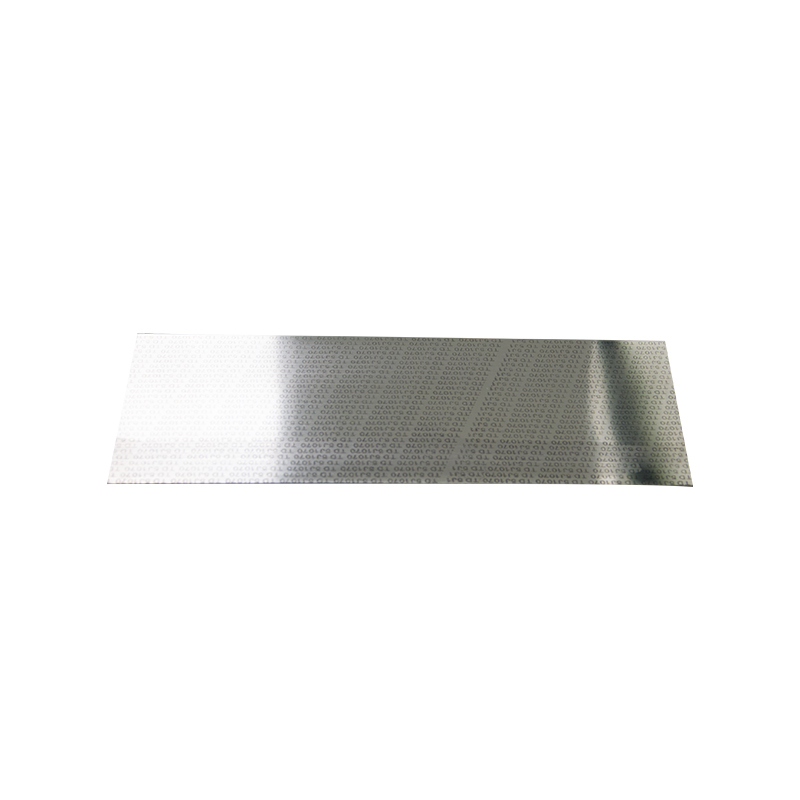

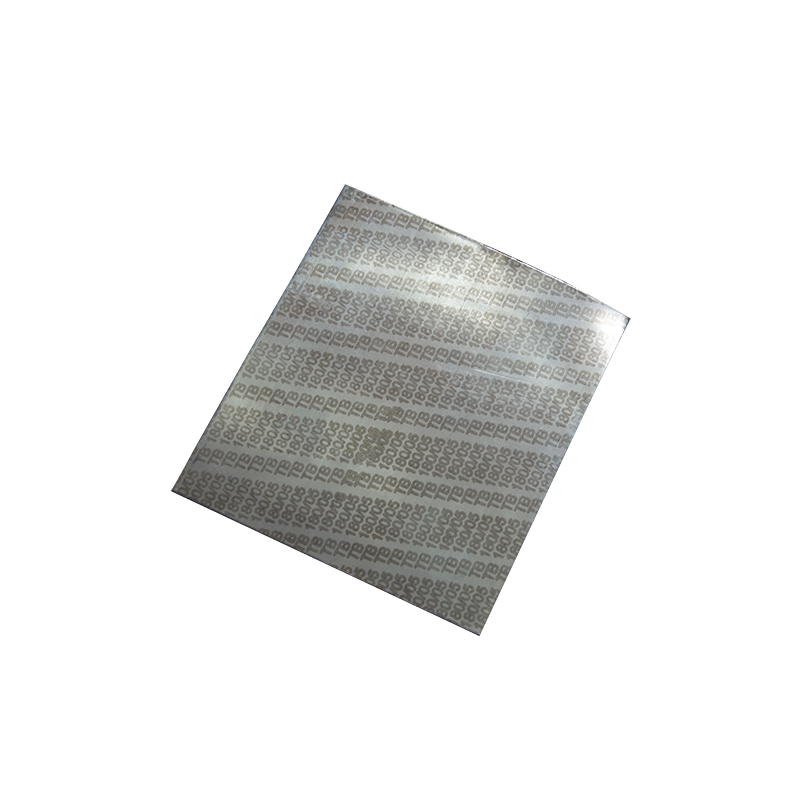
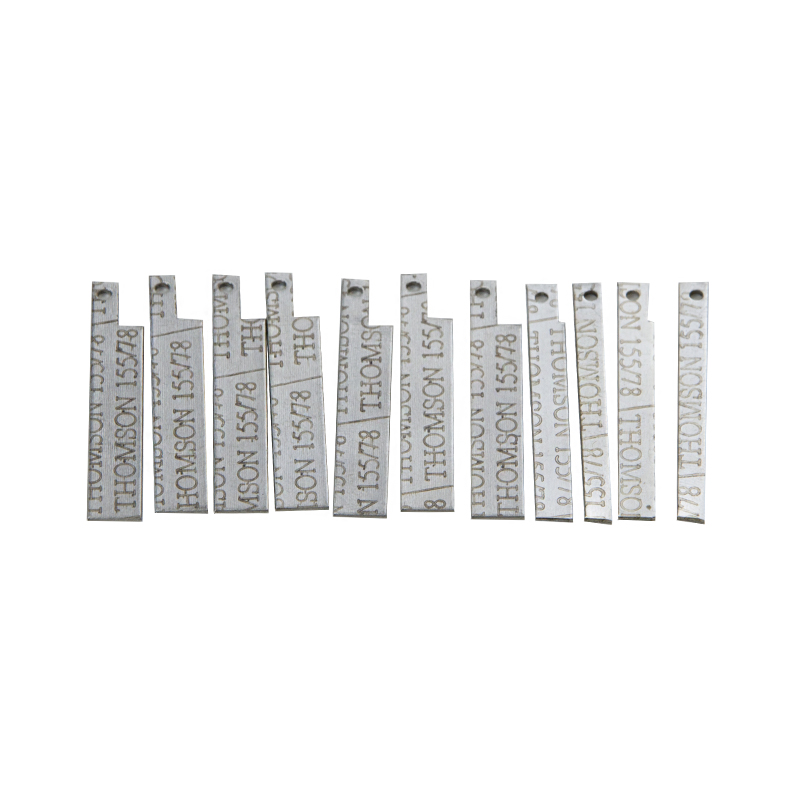
Write your message here and send it to us
Products categories
-

Phone
-

E-mail
-

Whatsapp
-

WeChat
Judy
150 0000 2421
-

Top





